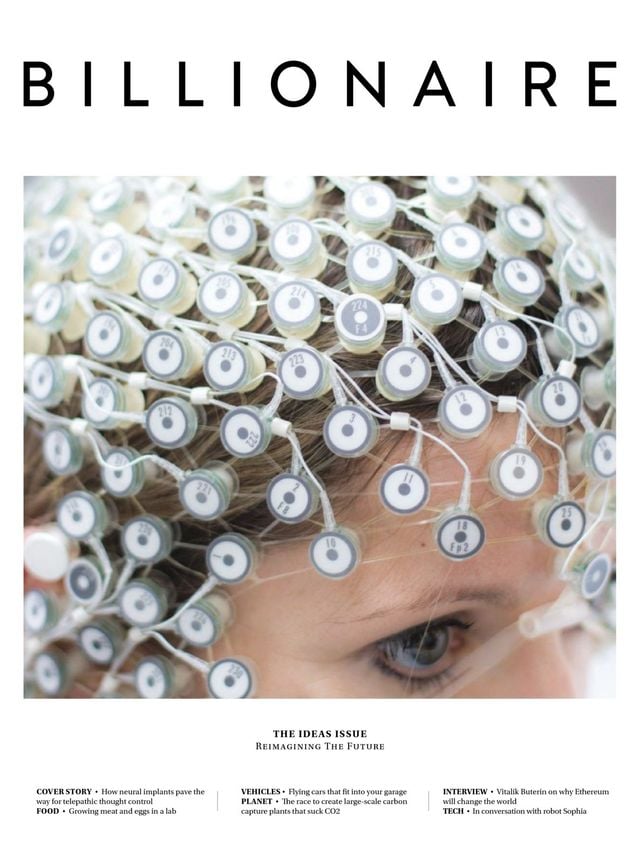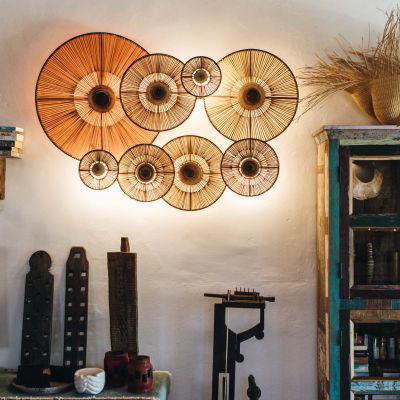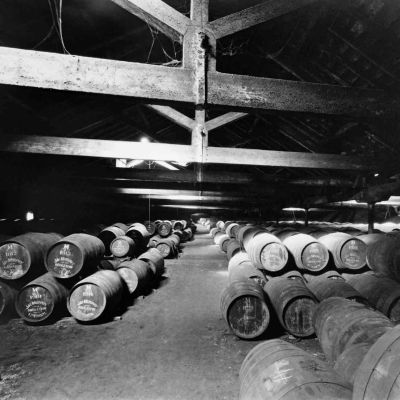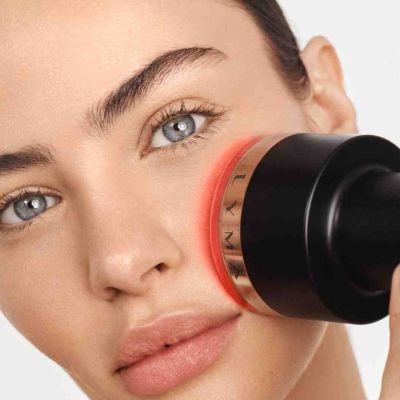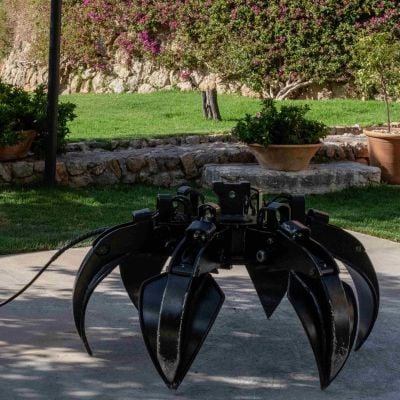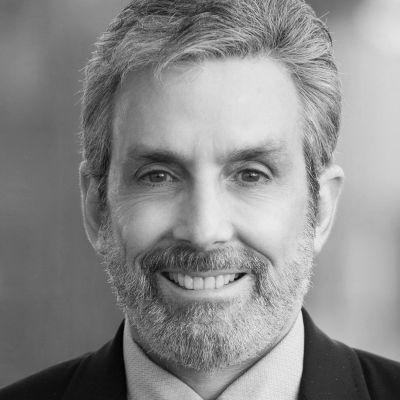How Marc Glimcher Is Upping The Pace
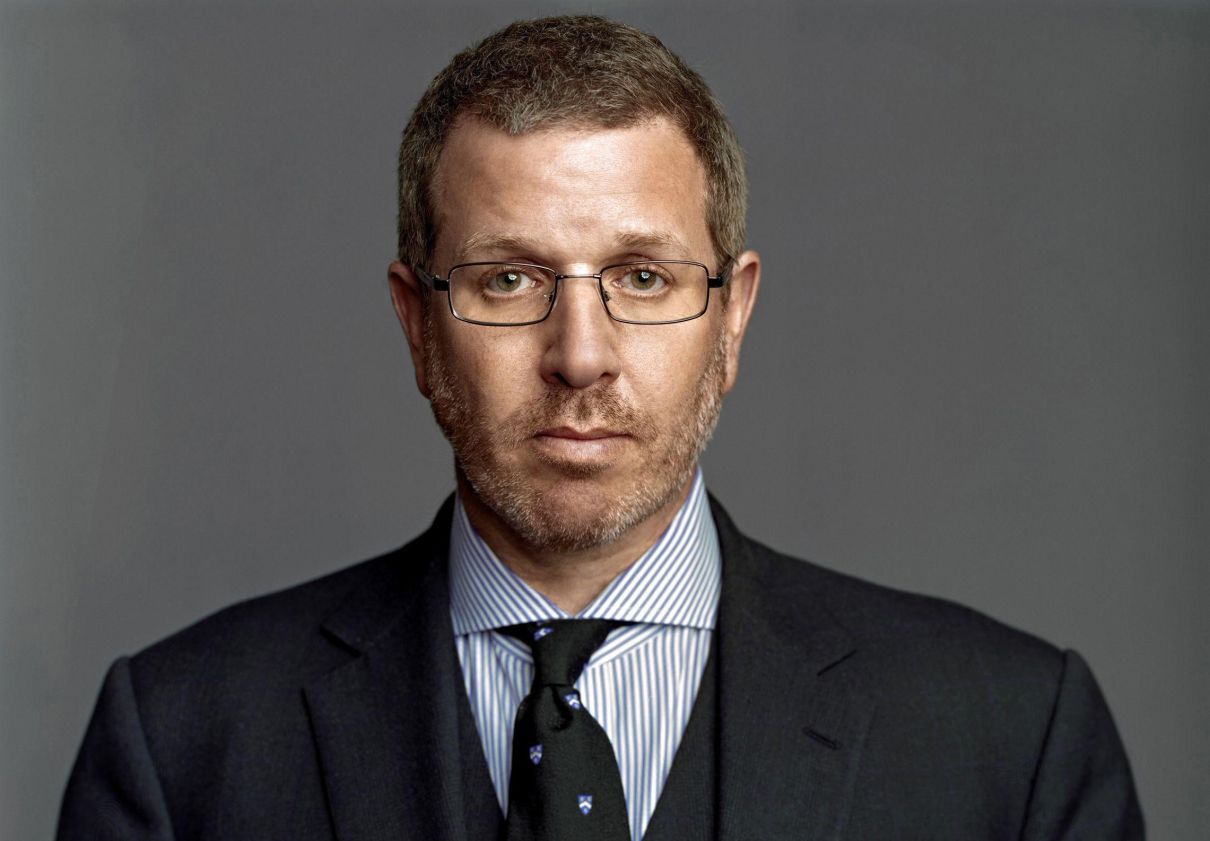
Over six decades Arne Glimcher built Pace Gallery into one of the most powerful art galleries in the world. Now helmed by his son, Pace has expanded far beyond a personality cult.
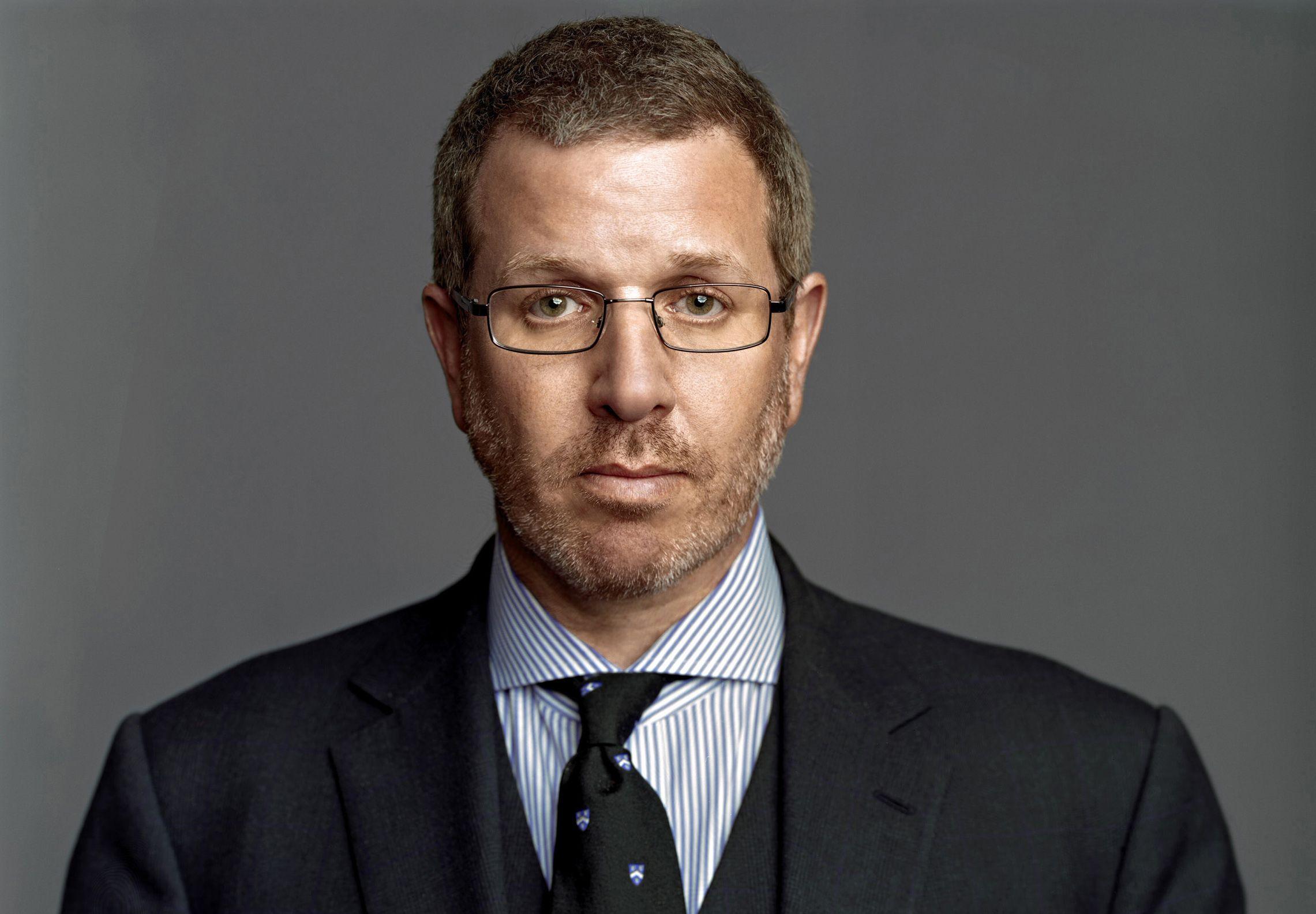
“My father was adamant that I wouldn’t end up in the art industry,” muses Marc Glimcher, the second-generation president and CEO of Pace, considered one of the top five post-war and contemporary art galleries in the world. “He wanted me to be a scientist just like my brother, but he just couldn’t keep me away.”
When Glimcher took over from his famous art-dealer father about a decade ago, there were many raised eyebrows. Clients of Pace are the most discerning, wealthiest, art collectors in the world: figures such as David Rockefeller and LVMH CEO Bernard Arnault. Even in the wake of the global financial crisis, Pace was turning over a reported US$450 million in 2012. Its reputation was built on the legend of Arne. Could the boots of such a man ever be filled?
“If your father started with nothing, started this art gallery with a US$2,400 loan from his brother in a basement in Boston, you can’t fake that,” concedes Glimcher. “But what I’m fortunate to have, as the second generation, is the chance to go beyond just one person and become an institution. And that has been my mission,” he says over the phone from New York. “It’s about going beyond the personality cult of that one owner.”
Glimcher seems to have proved the sceptics wrong. In the last 10 years the number of artists and estates listed with Pace has grown from around 50 to 84. Testament to his vision, most that came on board with Arne have stayed, including 20th century canonical icons such as Robert Ryman, the estate of Agnes Martin, Chuck Close, Jean Dubuffet, Zhang Xiaogang and Willem de Kooning. Although he won't say how much the gallery earns these days, it's "substantially more" than its 2012 revenue.
And there’s a “whole new generation of artists”, that Marc has recruited, younger stars such as Adrian Ghenie and tech-savvy collectives such as Studio Drift, teamLab, and Random International (creators of the Rain Room). Around 15 percent are Asia-based, including Hong Hao, Li Songsong, Yue Minjun, and Zhang Huan. It reflects the importance of the region, where Pace now has a presence in Hong Kong, Beijing and Seoul.
Under Marc’s watch Pace has expanded from four galleries to 10. It is about to open its 10th in Hong Kong — its second space in the city — to coincide with Art Basel Hong Kong (29-31st March 2018). The new gallery on the 12th floor of H Queen’s, a minimalist high rise, smack-bang in Central, will be sandwiched between rivals Hauser & Wirth (15th and 16th floors) and David Zwirner (fifth/sixth floors). Pearl Lam, Tang Contemporary, Whitestone Galleries and Seoul Auction are there too. Competition doesn’t get much hotter. But Glimcher assures me they are all good friends. “Although it’s very competitive, we have a more collegiate art world than we’ve had in a long time.”
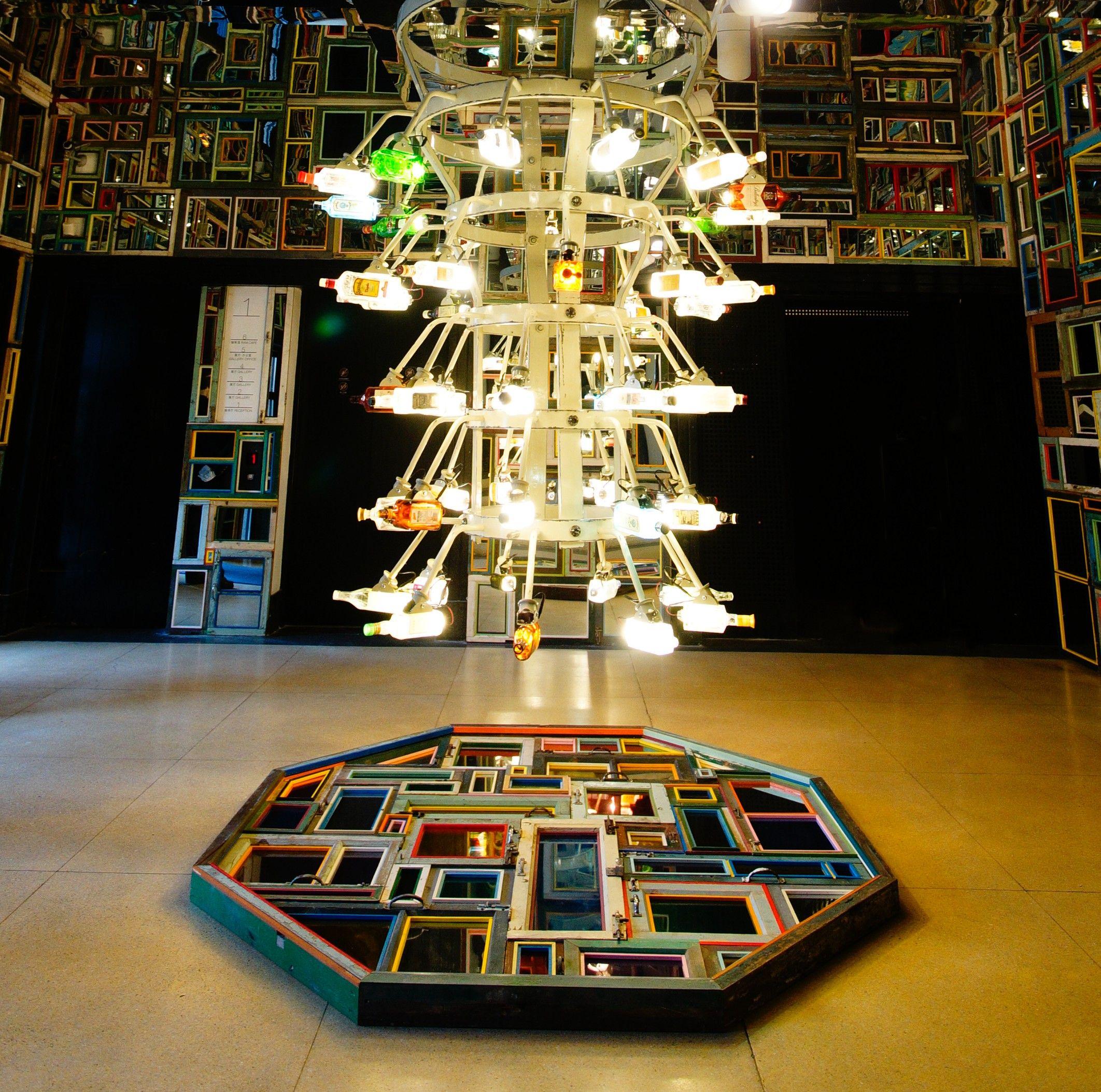
Clearly there is enough demand to sustain them all. According to TEFAF’s Global Art Market Report last year, Asia now accounts for a 40.5 percent share of global art auction sales, up from a 31 percent share in 2015. Although the report does not provide private gallery sales, it is indicative of demand.
Asia is important, but these days Pace's top deals are signed in Silicon Valley. Fuelled by an explosion of ‘spectacular’ wealth from tech entrepreneurs, in the last five years a new generation of art patrons has come to the fore. Well-known collectors include Yahoo CEO Marissa Mayer, Internet power couple Mark and Alison Pincus and tech entrepreneur Marc Andreessen.
“For the last 25 years there has been a wonderful community of financiers and hedge-funders that has given energy to the art world. Now, there is the next great patronage class, led by the tech entrepreneurs,” Marc says. “For centuries, the people who are trying to change the world through business tend to be the most important patrons of the arts."
But these entrepreneurs don’t collect like the old guard. For a start, there is no interest in investment or speculation, says Marc. “These are innovators, and they are interested in artists as inventors.” Popular names amongst new tech collectors are Lee Ufan, Donald Judd, and older artists such as Robert Rauschenberg and Picasso who “really invented the two parts of the century”, says Marc. Artists who employ technology are unsurprisingly popular, such as Leo Villareal, teamLab and Studio Drift, as well as “meditative and transcendental art”, such as that by abstract artists Agnes Martin and Robert Ryman.
A pool of amazing artists, along with an incredible sales team, is what Marc attributes to a successful handover. But, ultimately, it is the belief, handed down from his father, of art in its purest form.
“What all these artists have in common is that they create a transformative experience when you’re standing in front of a canvas or sculpture. They’ve got to do that, or there is no point.”
This article originally appeared in the Ideas issue of Billionaire, March 2018. To subscribe contact

